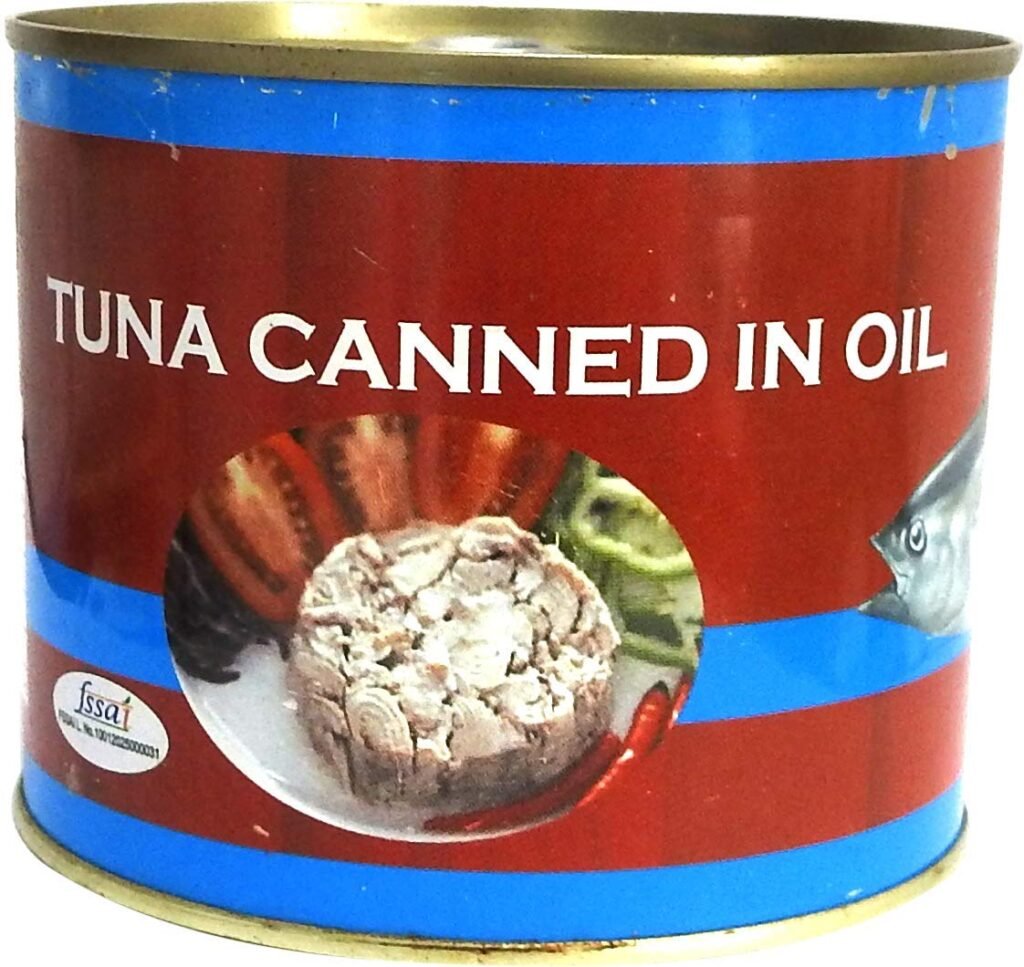The canned Sea fish market is worth billions of dollars. We love to eat tin fish Tuna, Sardines, and Mackerels. Do you know how canned sea fish made?
As per Grand View Research Inc., the Global canned sea fish market is projected to reach US$ 27.8 billion by 2025. The reason for the boom in the canned sea food market is the scope of food processing and the consumption capacity of consumers.
Canned sea fish types
There are more than 50 techniques of canned sea fish manufacturing method. from numerous uncooked substances withinside the cutting-edge meals industry.
Canned sea fish processing consists of component dosing, packing in cans and sealing both at a excessive temperature (sterilization) or with out thermal processing.
Tin Fish are prepared from natural (uncooked fish), fried, blanched, dried, and smoked. Sometimes, vegetables are also added with the fish. The fish are added in its own fish juice, oil, tomato sauce, broth and jelly filling (fish with smooth meat).
Commonly tomato sauce are used in Tin fish. High quality Tin fish comes with olive oil. Tin fish are filled with salt brine which are economical and cheaper compared to the above process.
The sea fish are cooked naturally, small fish are cooked in full while the big ones are cut into pieces. Sea fish are cooked in its very own juice, protected in oil, packed into cans and sterilized.
Process of Canning Sea Fish
Defrosting: Canning sea fish involves defrosting and washing them in a drum. The uncooked fish is defrosted to the temperature near 0 degree Celsius in plain water. After that, the fish is washed in clean or sea water.
Flensing: The fish scales are eliminated with the help of a descaling device or guide devices. After that, the fins and heads are reduce, and the offals are eliminated from the fish stomach.
Portioning: Fish are then cut into pieces using disc fish cutters. Each form of fish has its very own component size for tight packing into the can.
Salting: The uncooked sea fish is soaked in salt water. Salt is brought with the filling sauce or poured in every Can throughout packing.
Drying: Before the fish is processed, extra water or other liquids are removed using a net.
Crumb coating: Fish pieces are rolled in flour and left for as much as five minutes.
Sterilization: This is the last process of packaging Canned sea fish. The covering liquid in a Tin fish is prepared and added. Olive oil, sunflower oil, pickled sauce, catalan sauce or water are added in the Tin fish. After this, cans are closed and sterilized.
This sterilization of Tin fish process ensures the destruction of all contaminating bacteria, thus making fit for consumption.
Future scope of Tin Fish Market
Canned Sea food market in Asia Pacific is expected to grow at a CAGR of 4.1% by revenue, from 2017 to 2025. This is due to high product consumption by the consumers as a part of staple diet primarily in Japan, Korea, China and Thailand.
A major portion of the tin fish products consumed around the World are processed and canned in Asia Pacific due to abundance of raw material.
Canned tuna fish market is expected to reach 47.5 per cent of the global volume due to high consumer adoption coupled with superior taste of the fish product.
Tin fish Sardines is expected to emerge as the fastest growing segment growing at a CAGR 5 per cent by revenue from 2017 to 2025. Market expansion of Tin fish Sardines, online market and awareness of health benefits offered by canned Sardines fish is the reason for this opportunities.
Is it safe to eat canned sea fish?
Canned sea fish are rich in essential nutrients which are added during canning process. Such fishes contains vitamin A, D and B12. Besides, growing demand for the ready to eat canned sea fish is expected to translate into an increased consumption.
Tin fish like Tuna, Mackerel and Sardines offers health benefits like improving eye sight, reduced risk of depression as well as boosting immunity.
Moreover, the calcium contained in the Tin fishes helps in increasing bone strength thereby driving the demand for such products.
Conclusion
In India, canned Tuna fish are high in demand. In every village shops, we can find Mackerel Tin fish or Sardines as well. Canned sea fish are consumed mostly in hill states of North East India.
Where fresh sea fish are not available, Tin sea fish are flooding the market. This ready to eat Canned Sea Fish market is now a booming segment.
We can order any type of Tin fish online now.
Naorem Mohen is a natural farmer, full-time blogger, and entrepreneur dedicated to promoting Manipur’s black rice Chakhao, local beverages, and edible mushrooms.

